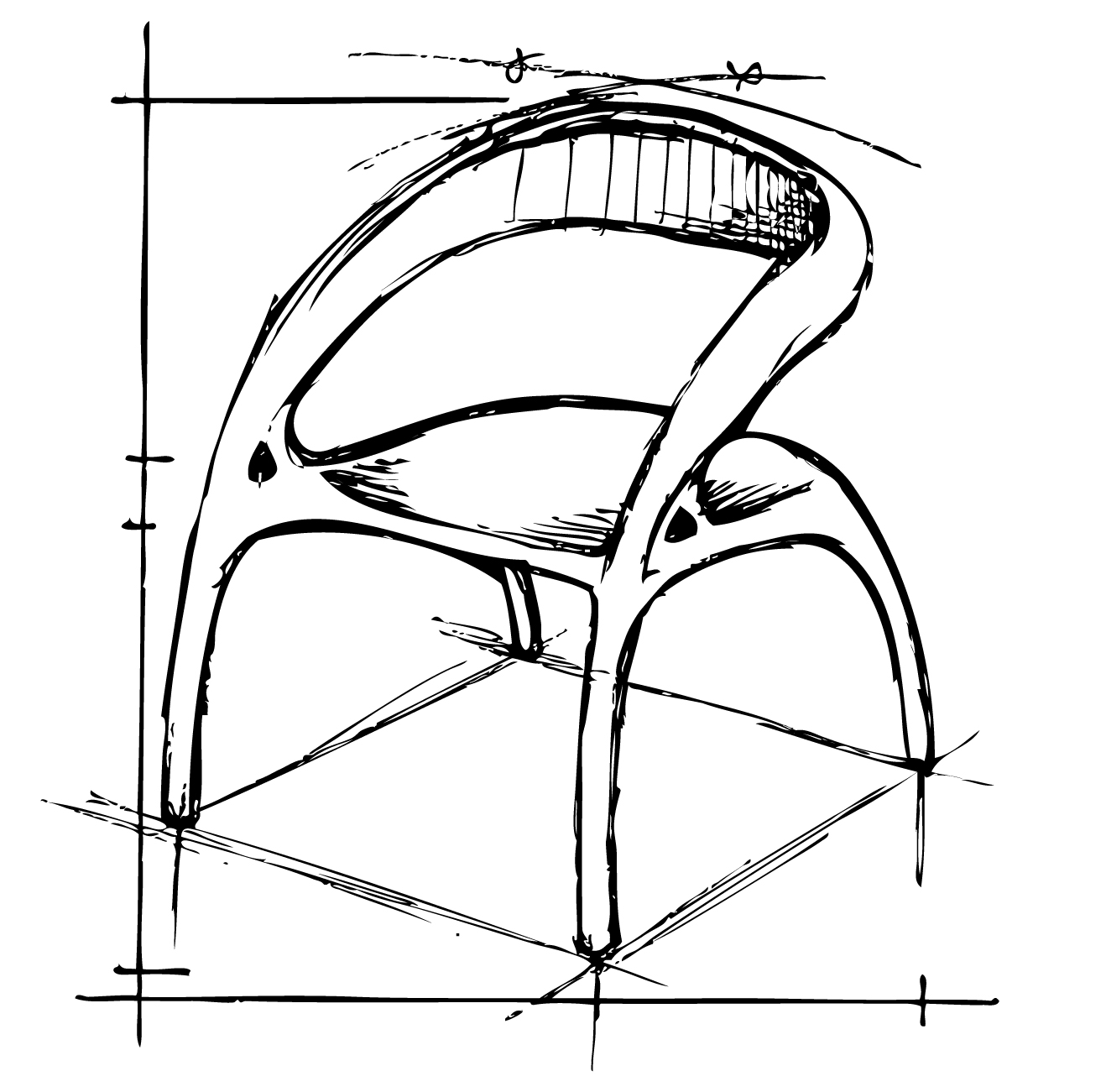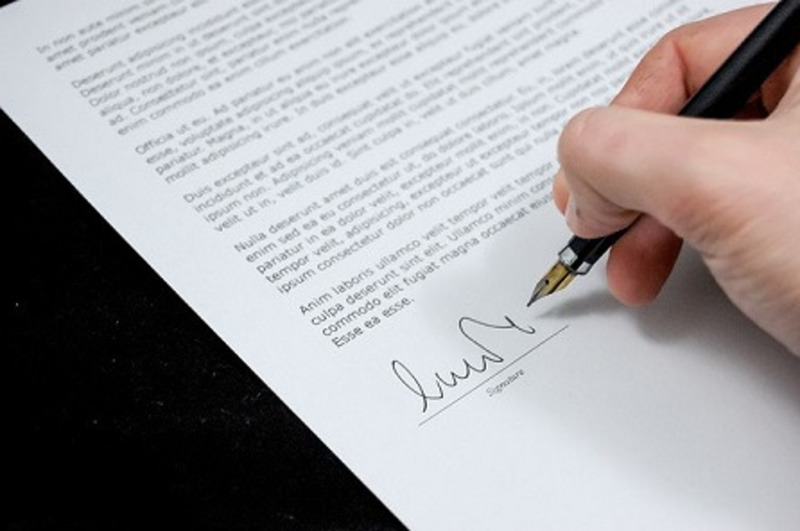
The inventive step: requirement for patentability
In any industrial property, all inventions have an inventive step behind them, as this is one of the requirements that a patentable product must meet for authorities to grant exclusive rights to it for a period of time. The other objective patentability requirements are an industrial application and that the invention be innovative.
This wasn't a patentability requirement 200+ years ago when patents were invented except in the United States where inventiveness was a requirement although only in some cases. In other countries this requirement has gradually been adopted.
Evaluating inventive step is more complicated than the other requirements as it has to do with determining whether an invention is evident to a skilled person based on the state of the art on the date the application was filed.
Since it was approved as a patent requirement, different methods have been developed for a more complete and objective evaluation of our inventions. In the European Union, for example, this method consists of these questions:
- What is the closest state of the art?
- What unique technical characteristics distinguish the invention defined in the claim and the state of the art mentioned in the question above?
- What technical consequences does this distinction have?
- What is the objective technical problem underlying the invention the claim has been filed for?
- Would an expert have recognized that problem? Would an expert have resolved it correctly?
In the United States the Graham Factors are used, which specify that the inventive step must be determined bearing in mind:
- The scope and content of the state of the art.
- The level of a skilled person.
- The differences between the invention being claimed and the prior state of the art, and
- Objective proof of non-obviousness.
Requirements for the inventive step: state of the art and skilled person
Although there are some differences between the methods, they are minor. To apply the methods correctly we have to know the state of the art and skilled person.
The state of the art is basically any information that has been made accessible to any person at any place through written or oral description, through use, or by any other means, before the patent application was filed.
The state of the art differs by country in terms of the period before the application was filed. The United States does not include any information disclosed by the applicant or by third parties up to 12 months prior, while in Japan it is up to six months prior.
The skilled person is an expert in the technical field covered by the invention. It is assumed that this person has had access to the state of the art. The figure of the skilled person, which might be a production or research team for highly advanced technologies, is controversial to say the least.
Differences between levels of invention
By law, this requirement for inventive step is, out of the three patentability requirements, the one with the biggest margin by governments to make obtaining patents easier or harder.
The level of invention may limit the scope of the patent rights.
A combination of known elements with a predictable result is the definition of an invention that lacks inventive step, in which case the patent will not be awarded.
Industrial property is vital to avoid plagiarism and have exclusive rights over inventions and developments. At SHIP we offer you advice on the best strategy to follow and we accompany you through the process and over the duration of your patent.
__________________________












